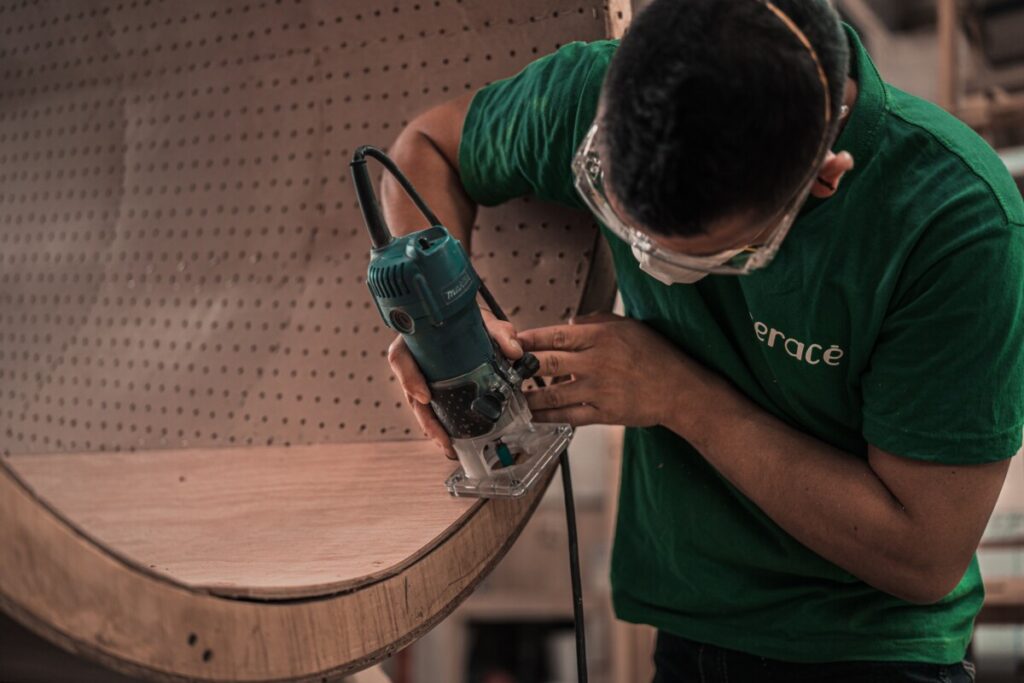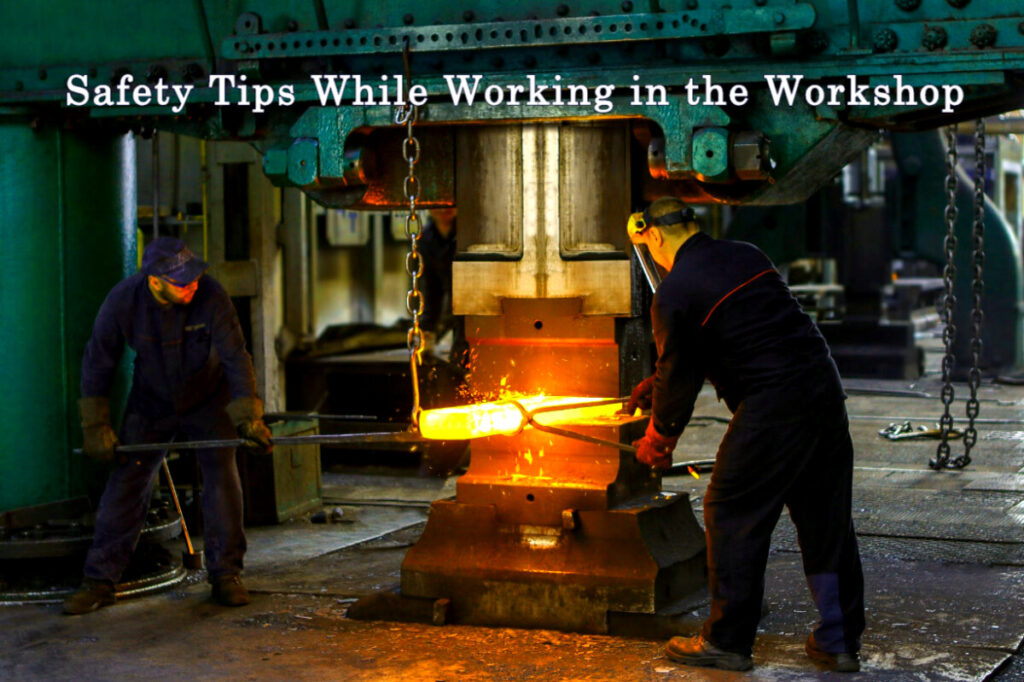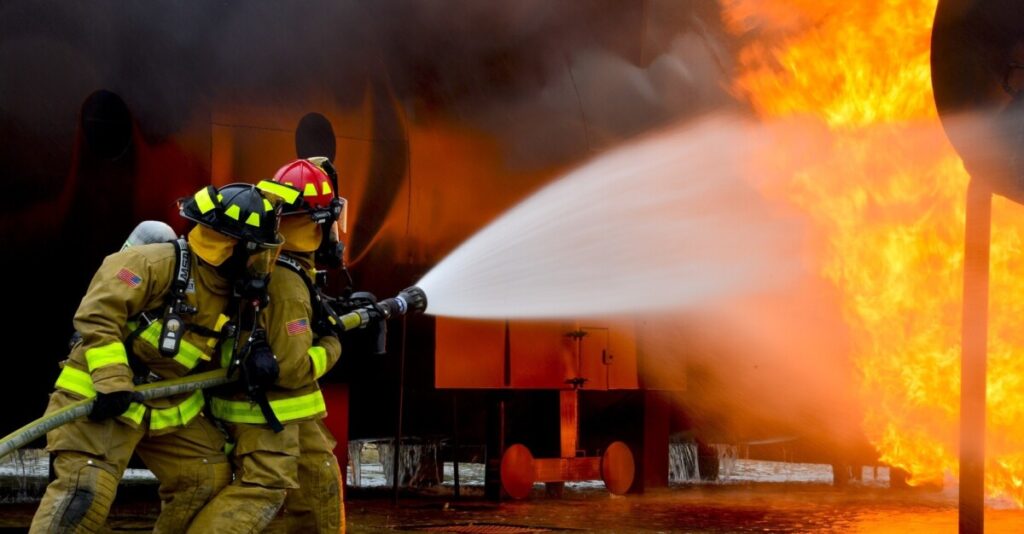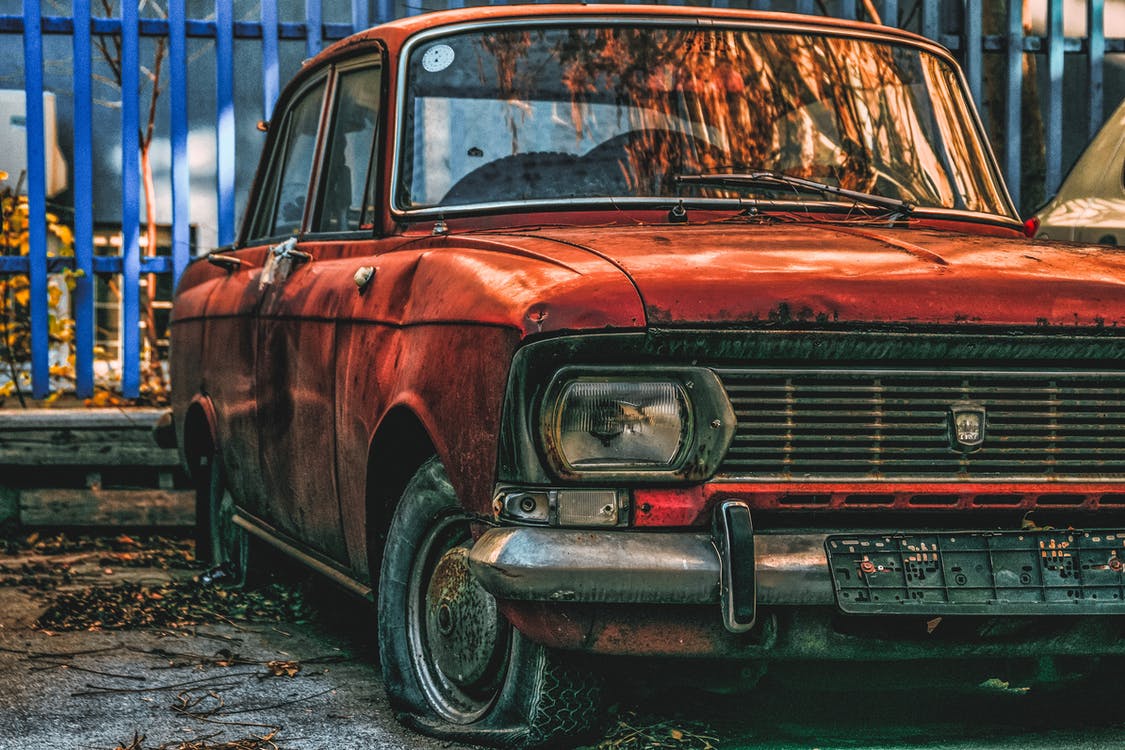
7 Important Safety Tips While Working in the Workshop
A workshop is as safe as you make it. Since you are responsible for the safety of the personnel, an individual must be sure about appropriate workshop safety. An excellent house workshop demands that you take care of safety measures. You also need to keep all the precautions in your mind when you take up a project with serious risks entailed.
Never imbibe alcohol whenever you are likely to be in your workshop. You must avoid working in the workshop when you are emotionally stressed. You should only work when you feel relaxed and in control of your brain and body.
All stores and metal workshops must be under the control of a controller, who’s responsible for ensuring they have been maintained and used in a wholesome and safe way. Only those official to do so may enter or work in stores or workshops or and must fulfill with the necessities of the supervisor while in that zone.
A tidy workplace offers it easier to spot and avoid threats and does not interfere with work operations. Fantastic housekeeping is essential to workshop safety management, and enough time assigned to a job must consist of things like clearing afterward. This pertains to both shared and individual areas.
Before you can use machines and equipment or attempt work that is practical in a workshop, you must know basic safety rules. These rules may help keep you and others safe while working in the workshop.
1. Use safety gears

While working in the workshop, always wear safety gear. Safety shoes, gloves, eyeglasses, and helmets are all required for workshop jobs like welding, machine fitting, plumbing, or carpentry.
While dealing with welding works, some people usually do not wear welding glasses. Because welding sparks can destroy the cells of the eye, this may lead to permanent or temporary blindness, so you must wear a welding mask or glass while doing welding work.
2. Read the safety guidelines properly
While working with automobiles, always certain that standard safety guidelines are checked. Choke the back wheels, Pull the hand brake, and suitable fender covers.
Always jack the cars or other vehicles on a solid surface or use spreading blocks for load spreading.
3. Spatial arrangements
- The Minimum distance between Installations, machines, piles of materials and goods should be at least 600 millimeters (approx. 2 ft).
- You must have to mark walkways by the recommended yellow lines. That could help in the separation of Walkways from other designated work areas.
- The Walkways access direct to the exit must be wider than 1100 millimeters (3.6 ft).
- Walkways maybe not be slippery due to wear or humidity also.
- The Walkways must be adequately maintained and should be free from obstacles.
4. Ventilation
I) Dilution
Dilution ventilation systems will offer a minimum of 3 fresh air exchanges per hour and also at a minimum of 7.1 liters per minute per person.
II) Local exhausts
All procedures, including the release of flammable or corrosive gases, toxic, vapors, dust, mists, or fumes, shall be furnished with a local exhaust structure capable of taking pollutants at the source.
Design necessities are defined in the Industrial Ventilation Guide – A guide of suggested practice, American Conference of Governmental Industrial Hygienists.
The vents from local exhausts must be positioned at the roof level and at least 25 ft — distance from the nearby air intake.
5. Safe storage

Liquid, gaseous, or solid compounds, equipment, and fittings should be stored. Corrosion or damage of containers may lead to product leakage, which pollutes surfaces below, creates slide risks, and might react form a fume or fire danger.
The physical procedure of storing things also has threats via labor-intensive handling, slip-ups, trips, and falls from improperly stored items and objects dropping from a considerable height.
6. Malfunctioning precautions

Malfunctioning machines can happen at any time. It may arise through the machine’s screw tightening or replacing the motor. Regardless of the kind of break down, not ever attempt to work on it while the machine’s switch is on and it is running.
Electrical components have a range of error, aside from their design, make or technology. Even when the break down is more regular and requires just tightening, it is always a good idea to turn the machine off and then do the fixing. Shocks might be fatal or at least be capable of damaging individual cells due to this workshop machines very high-power rating.
7. Fire precautions

Workshops tend to accidents in general, but flame could be the most bizarre. Injury drills are an integral portion of workshops, plus they help employees avoid them, an in case there’s only with a prepared staff may be the best way to minimize the damage that happened.
Conclusion
These are some of guidelines and the rules which will help keep a check up on accidents and hazards. Most importantly, safety is a crucial concern.
Improving work efficiency with minimal drawbacks is what workshop supervisors would love to achieve. In the event, the safety recommendations and work rules have been observed and followed carefully.
It’s always essential to remain prepared for an accidental or medical emergency because the problem never comes announced, and that is what mechanical workshop security rules do.


